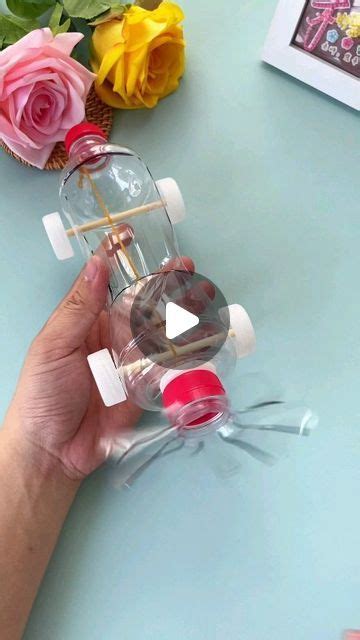Transform Ordinary Materials into Amazing Carts: Upcycling and Creativity on Wheels
Are you looking for a unique and budget-friendly way to build a cart? Instead of buying a pre-made cart, consider the exciting world of upcycling! Transforming ordinary materials into amazing carts is not only cost-effective but also environmentally friendly. This guide will explore creative ways to build functional and stylish carts using repurposed materials, igniting your imagination and inspiring your next DIY project.
What are the benefits of using recycled materials to build a cart?
Using recycled materials offers several advantages. Firstly, it's significantly cheaper than buying new materials. Secondly, it's environmentally responsible, reducing waste and promoting sustainability. Finally, it allows for unique and personalized designs, leading to a one-of-a-kind cart that reflects your creativity.
What materials can I use to build a cart?
The possibilities are endless! Almost any sturdy material can be adapted for cart construction. Here are some popular choices:
1. Pallets: Wooden pallets are readily available and incredibly versatile. Their sturdy construction makes them ideal for building the base and frame of a cart. You can easily dismantle and reassemble pallets to create the desired shape and size.
2. Scrap Wood: Leftover lumber from other projects, reclaimed wood from demolition sites, or even discarded furniture pieces can be repurposed into a charming cart. Remember to check for soundness and treat the wood appropriately before use.
3. Metal: Old metal pipes, sheets, or even discarded bicycle parts can be used to create a robust and durable cart. Welding skills might be necessary for more complex designs, but even simple bolt-together constructions can be incredibly effective.
4. Plastic: While not as robust as wood or metal, sturdy plastic containers or piping can form the basis of a lightweight cart, especially useful for smaller projects. Remember to secure joints well to ensure stability.
5. Wheels: The choice of wheels depends on the intended use and weight capacity of your cart. Old wagon wheels, caster wheels from discarded furniture, or even bicycle wheels can be adapted.
How do I design and build a cart from recycled materials?
Designing your cart involves several key steps:
- Planning and Sketching: Start by sketching your desired cart design, considering its size, functionality, and the materials you'll be using.
- Material Selection and Preparation: Gather your chosen materials and prepare them accordingly. This may involve cleaning, cutting, sanding, or treating the wood to prevent rot.
- Assembly: Assemble the frame of your cart, ensuring that all joints are secure and stable. Consider using screws, bolts, or welding, depending on your chosen materials.
- Wheel Attachment: Attach the chosen wheels to the frame, ensuring that they are securely fastened and rotate freely.
- Finishing Touches: Once the cart is assembled, add finishing touches such as paint, varnish, or other decorative elements to protect the materials and enhance the aesthetics.
What are some examples of amazing carts made from ordinary materials?
- A pallet garden cart: Transform old pallets into a charming cart for transporting plants and gardening tools.
- A rustic wood and metal cart: Combine reclaimed wood with repurposed metal pipes to build a strong and stylish cart for hauling heavier loads.
- A whimsical children's toy cart: Use bright-colored plastic containers and sturdy dowels to create a fun and safe cart for kids.
How can I make my cart more durable and long-lasting?
- Proper Material Selection: Choose durable and weather-resistant materials.
- Secure Joints: Ensure all joints are well-secured using appropriate fasteners.
- Protective Coatings: Apply paint or varnish to protect the materials from the elements.
- Regular Maintenance: Regularly inspect your cart for wear and tear and address any issues promptly.
What are some safety considerations when building a cart?
- Wear appropriate safety gear: Always wear safety glasses, gloves, and a dust mask when working with power tools or potentially hazardous materials.
- Use proper tools: Utilize the correct tools for the job to avoid accidents.
- Securely fasten all components: Make sure all parts are firmly attached to prevent the cart from collapsing.
- Inspect regularly: Check your cart before each use to ensure it is safe and stable.
By combining creativity, resourcefulness, and a bit of DIY know-how, you can transform ordinary materials into truly amazing carts. This eco-friendly approach not only saves money but also allows you to create a unique and personalized addition to your home or workplace. So, get started today and let your imagination run wild!

